The Evolution of Virtual Reality in Education
13 December 2024
Virtual Reality (VR) has come a long way from being a niche technology for gaming and entertainment. Today, it's making waves in various industries — especially education. Imagine being able to explore ancient civilizations, walk through the solar system, or even perform complex medical surgeries, all from the comfort of a classroom. Sounds like science fiction, right? Well, it’s not. Thanks to the rapid evolution of VR, this is now becoming a reality. But how did we get here? Let’s take a deep dive into the evolution of Virtual Reality in education.
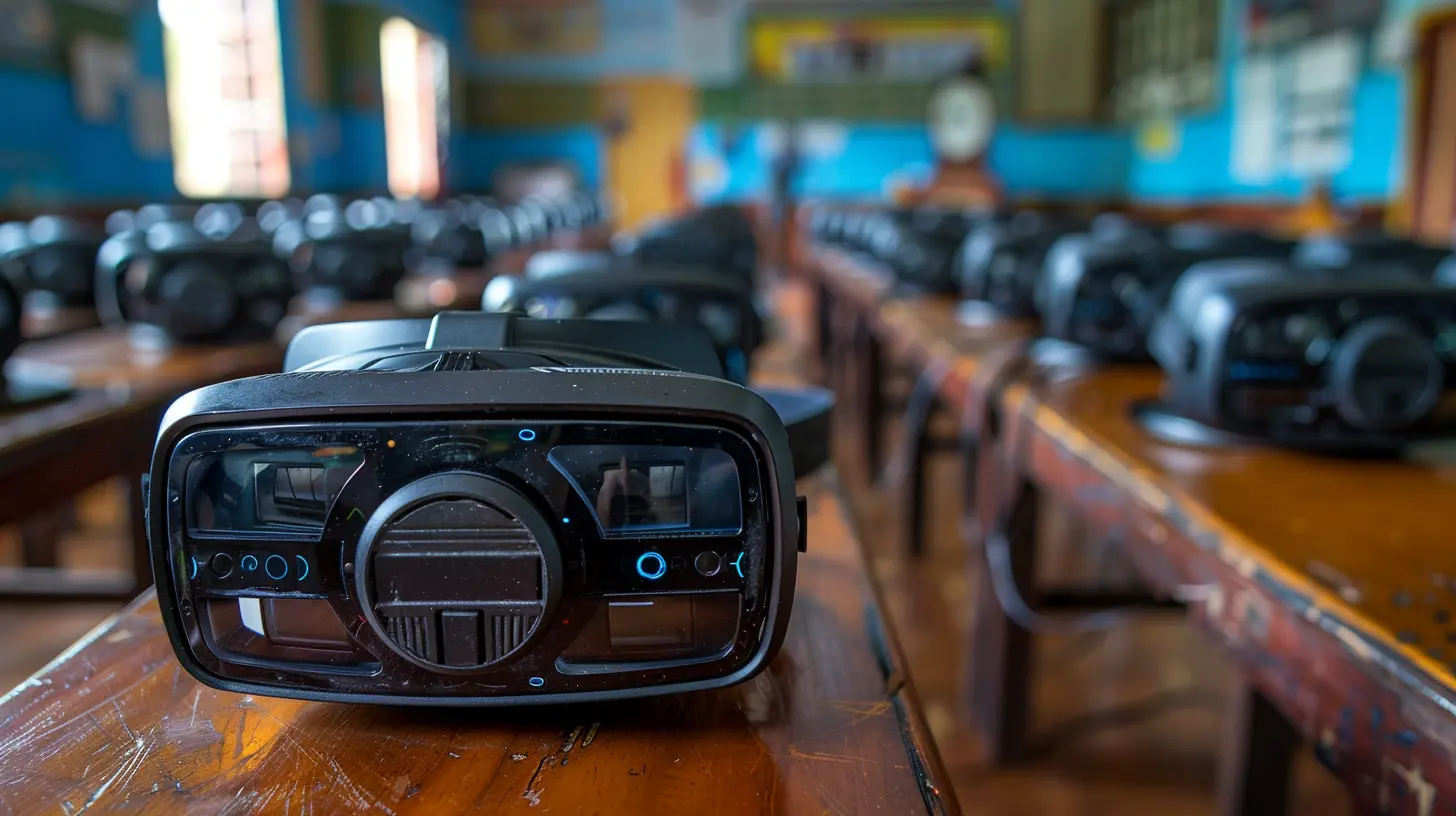
What Exactly Is Virtual Reality?
Before we dive into the educational aspect, let’s take a moment to clarify what Virtual Reality actually is. In simple terms, VR is a computer-generated environment that you can interact with in a seemingly real way. By putting on a headset, like the Oculus Rift or HTC Vive, you're transported to another world where you can look around, move, and engage with the virtual environment as if you were physically there.In education, this means students aren't just passive recipients of information; instead, they become active participants within a virtual classroom or learning scenario. This aspect of "being there" makes VR a powerful educational tool.
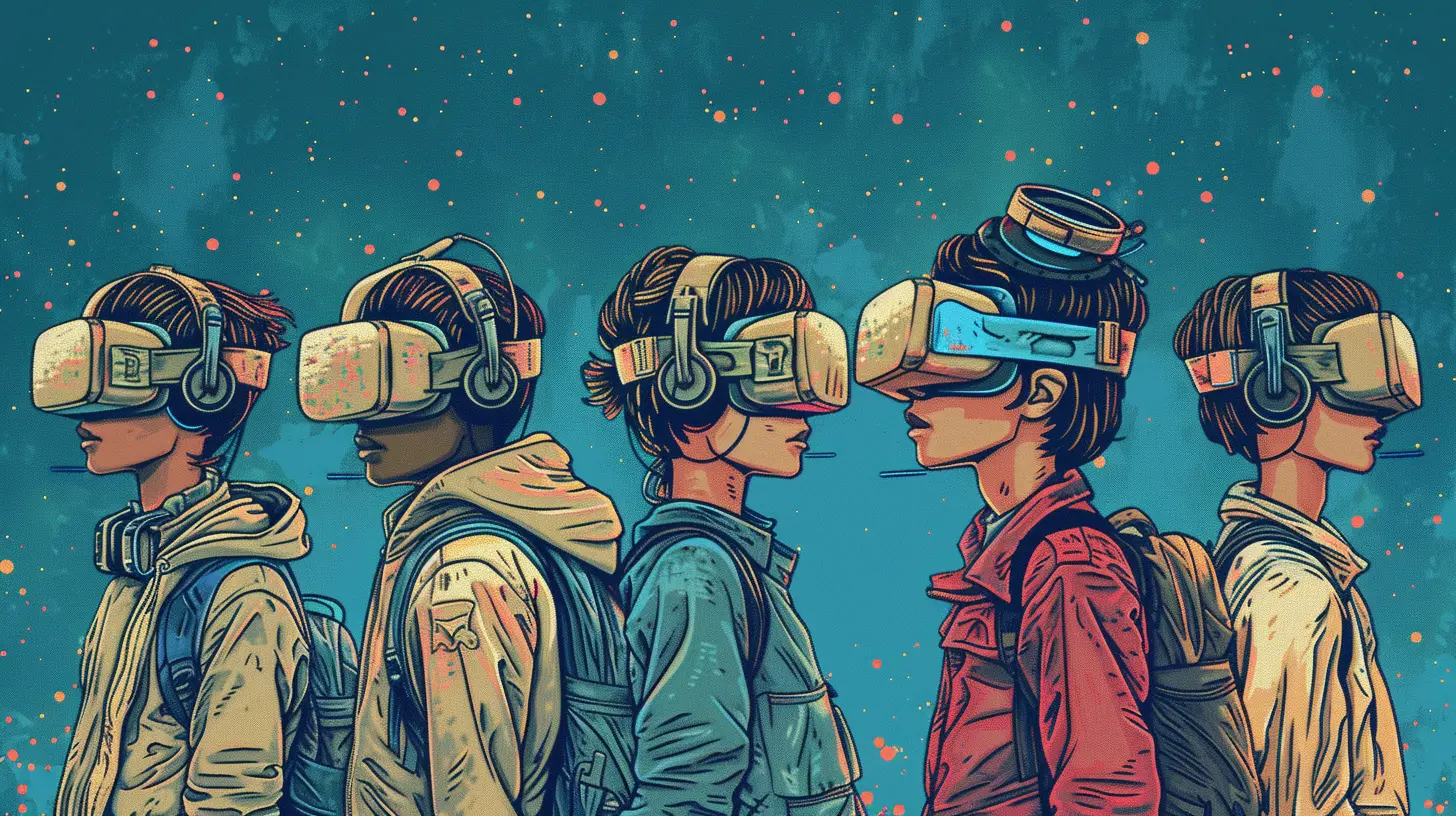
The Humble Beginnings of VR in Education
Early Days: Limited and Expensive
The idea of using VR for education isn’t new. It’s been around since the 1990s, but back then, it was more of a novelty than a practical tool. The tech was clunky, expensive, and not widely accessible. You needed specialized equipment that cost thousands of dollars, which put it out of reach for most schools and institutions.In those early days, VR was mostly used in highly specialized fields like aviation and military training. Pilots would use VR simulations to practice flying without leaving the ground, and soldiers would go through virtual boot camps to prepare for real-world scenarios. While these applications were effective, they were far from commonplace in regular classrooms.
The 2000s: The Slow March Toward Accessibility
Fast forward to the 2000s, and we start to see some improvements in both the technology and the cost. Headsets became less cumbersome and somewhat cheaper, though they were still far from being mainstream. The focus was still largely on specialized professional training, but a few forward-thinking educators began experimenting with how VR could be used to teach subjects like history, geography, and even literature.The idea of "virtual field trips" started to gain traction. For instance, students could put on a VR headset and find themselves standing in the middle of the Roman Colosseum or walking among the dinosaurs. These early experiments were exciting, but again, they were limited by the technology of the time.
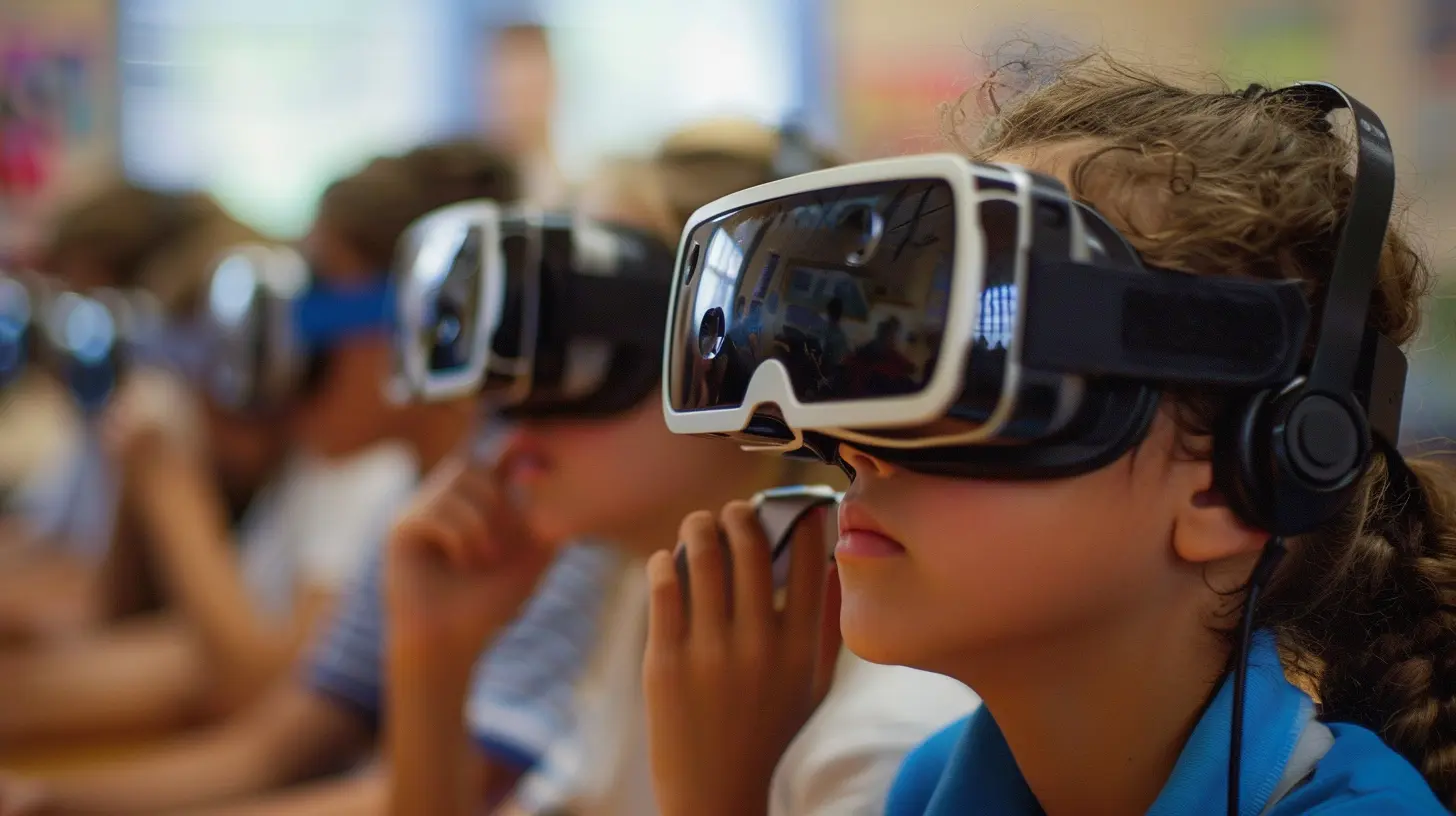
The Modern Era: VR Breaks Into the Classroom
2010s: A Game-Changer
The real turning point for VR in education came in the 2010s, thanks to advancements in computing power, mobile technology, and a growing interest in immersive experiences. Companies like Oculus (acquired by Facebook) and HTC started producing more affordable VR headsets, making the technology accessible to a wider audience.Suddenly, VR wasn't just for elite institutions or specialized training programs. Schools, universities, and even individual teachers started adopting VR as a way to enrich their curriculum. And this time, it wasn’t just for fun — educators quickly realized that VR had the potential to revolutionize how we learn.
Why VR Works So Well in Education
Why is VR such a big deal in education? Well, it all boils down to engagement. Let’s face it: traditional classrooms can be boring. Textbooks, lectures, videos — they’re all passive forms of learning. But VR is different. It’s immersive and interactive, keeping students engaged in ways that traditional methods simply can’t.Take a subject like history, for instance. Instead of reading about ancient Egypt from a textbook, students can actually "visit" the pyramids and explore them in 3D. Or think about science — instead of watching a video on the human body, students can walk through a virtual model of the circulatory system, seeing how blood flows through veins and arteries in real-time.
This level of immersion doesn’t just make learning more fun; it also improves retention. Studies have shown that students are more likely to remember information learned in a VR environment compared to traditional methods. It’s like the difference between watching a cooking show and actually cooking the meal yourself — you’re far more likely to remember the steps when you’ve done it firsthand.
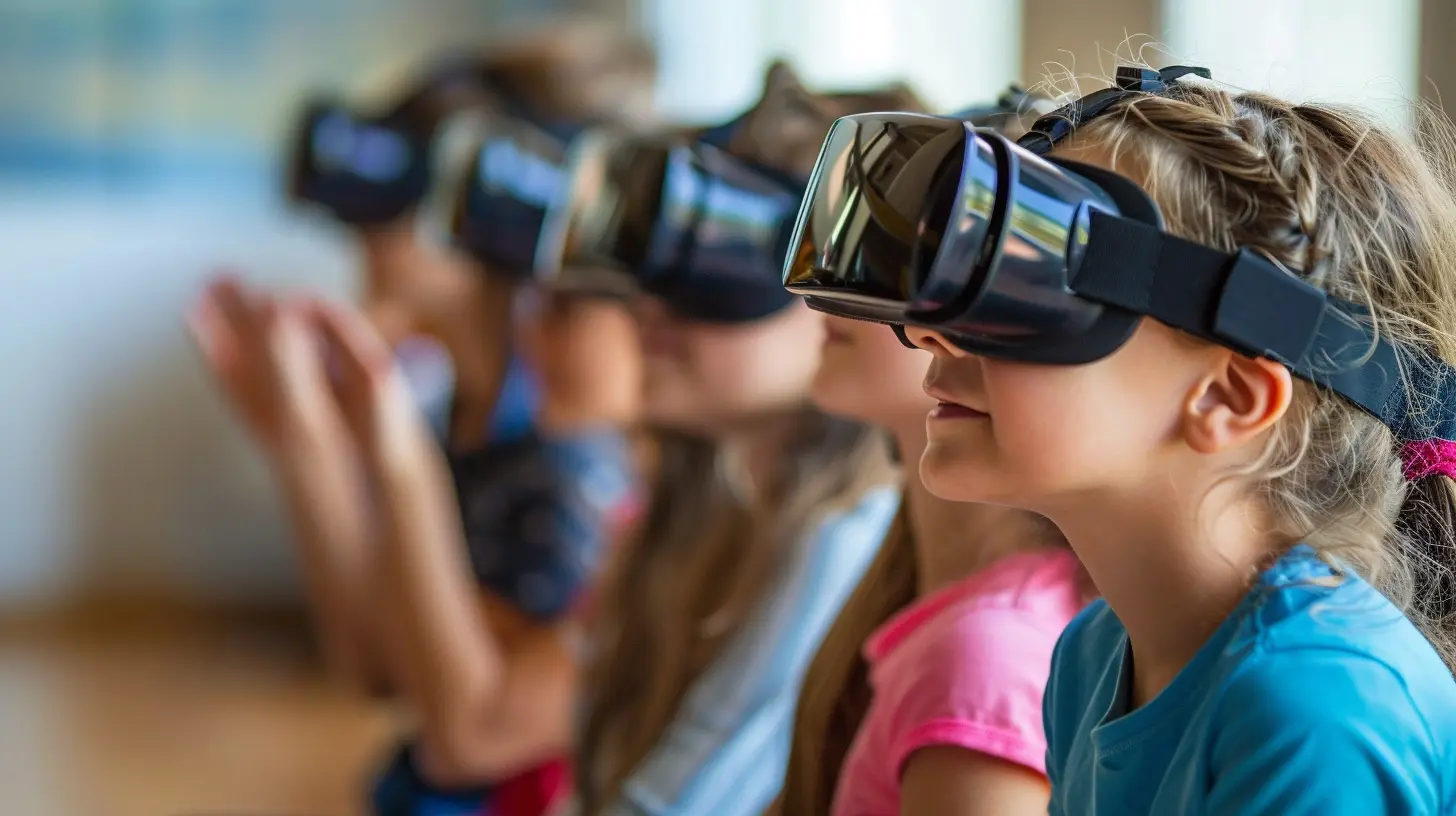
The Diverse Applications of VR in Education
1. Virtual Field Trips
One of the most popular uses of VR in education is virtual field trips. Not every school can afford to take students to the Great Wall of China or the Amazon Rainforest, but with VR, those experiences are just a headset away. Students can explore historical landmarks, natural wonders, and even outer space without leaving the classroom. It’s a game-changer for geography, history, and environmental science lessons.2. STEM Learning
Science, Technology, Engineering, and Mathematics (STEM) subjects are notoriously difficult to teach in traditional ways. But VR offers a solution. In subjects like biology, students can dissect virtual frogs without harming any animals. In physics, they can experiment with gravitational forces in space. VR even allows budding engineers to build and test structures in a risk-free environment.3. Medical Education
Medical schools have adopted VR in a big way. It allows students to perform virtual surgeries, practice diagnosing diseases, and even simulate patient interactions. This hands-on experience is invaluable, especially in a field where real-world mistakes can have serious consequences. Plus, it’s much more cost-effective than traditional simulation methods.4. Language Learning
Imagine practicing Spanish by having a conversation with a virtual shopkeeper in Madrid or learning Mandarin by navigating the streets of Beijing — that’s the future of language learning with VR. By immersing students in a virtual environment where they must use the language to interact, VR provides a far more effective method of learning than rote memorization or classroom exercises.5. Special Education
VR is also proving to be a powerful tool in special education. For students with disabilities, traditional learning environments can be challenging. VR allows these students to learn at their own pace and in a way that suits their unique needs. For example, VR can help children with autism practice social skills in a controlled, safe environment.The Challenges and Limitations
While VR offers many exciting possibilities, it’s important to acknowledge that there are still some challenges to overcome.1. Cost
Although VR technology has become more affordable, it’s still a significant investment for many schools. High-quality headsets, computers, and software can add up quickly, and not every school has the budget to implement a full-scale VR program.2. Accessibility
Not every student has access to VR technology at home, and this can create a digital divide. Schools need to ensure that VR is used in a way that benefits all students, regardless of their socio-economic background.3. Technical Issues
VR technology is still evolving, and it’s not without its glitches. Hardware malfunctions, software bugs, and even motion sickness can be issues that need to be addressed before VR can become a seamless part of the educational landscape.
The Future of VR in Education
So, where do we go from here? The future of VR in education looks incredibly bright. As technology continues to improve, VR is likely to become even more immersive, affordable, and accessible. We may see entire virtual schools where students "attend" classes in a VR environment from anywhere in the world. Teachers might be able to customize VR experiences to fit the needs of individual students, making learning more personalized than ever before.We’re already seeing a shift toward more digital and remote learning, thanks to the COVID-19 pandemic, and VR could be the next big step in that evolution. Imagine a world where students from different countries can collaborate on projects in a shared virtual space, or where field trips to Mars are part of the regular curriculum. The possibilities are endless.
Conclusion
The evolution of Virtual Reality in education is nothing short of revolutionary. From its early days as a niche technology to becoming a mainstream educational tool, VR is transforming how we learn. It’s making education more immersive, engaging, and accessible than ever before. As the technology continues to evolve, we can only expect its role in education to grow.But let’s be clear — this is just the beginning. In the years to come, we’re likely to see even more innovative applications of VR in the classroom, and who knows? Maybe one day, the virtual classroom will be the classroom.
all images in this post were generated using AI tools
Category:
Emerging TechnologiesAuthor:

Kira Sanders
Discussion
rate this article
18 comments
Darrow Clark
Virtual reality in education is not just a trend; it's a revolution. Embracing VR redefines learning, making it immersive and engaging. It's time to ditch outdated methods and fully invest in this technology. The future belongs to those who adapt—let's elevate education to new heights through innovation and creativity.
March 22, 2025 at 5:33 AM

Kira Sanders
Absolutely! VR is transforming education by creating immersive experiences that engage students in ways traditional methods can't. Embracing this technology is essential for a forward-thinking educational landscape.
Skylar Barron
Transformative learning tool evolution.
February 13, 2025 at 4:10 AM

Kira Sanders
Thank you for your insightful comment! The evolution of virtual reality in education indeed represents a transformative shift in how we engage learners and facilitate deeper understanding.
Elwynn Dodson
Great insights! VR's role in education truly transforms learning experiences for students.
February 3, 2025 at 1:43 PM

Kira Sanders
Thank you! I'm glad you found the insights valuable. VR indeed has the potential to revolutionize how students engage with learning.
Isaiah Gutierrez
Great overview of virtual reality's impact on education! It's exciting to see how immersive technology enhances learning experiences and engages students in new ways.
January 30, 2025 at 2:03 PM

Kira Sanders
Thank you! I'm glad you found the overview insightful. The potential of virtual reality in education is truly exciting!
Mathews
Virtual reality in education isn’t just a trend; it’s a revolution. Embracing this technology isn't optional—it's essential. The future of learning demands immersive experiences that transcend traditional boundaries. Let’s innovate!
January 26, 2025 at 11:23 AM

Kira Sanders
Thank you for your insightful comment! I completely agree that virtual reality is transforming education, creating immersive experiences that enhance learning and engagement. Embracing this technology is indeed crucial for the future of education.
Talia Fry
Promising insights for future learning.
January 18, 2025 at 7:24 PM

Kira Sanders
Thank you! I'm glad you found the insights valuable for future learning.
Miriam Robinson
Exciting advancements! VR is transforming education powerfully.
January 11, 2025 at 3:44 AM

Kira Sanders
Thank you! Indeed, VR is revolutionizing how we learn by creating immersive and engaging educational experiences.
Zain Jones
Great insights! The evolution of virtual reality in education opens up exciting possibilities for immersive learning experiences, enhancing student engagement and understanding in innovative ways. Thank you for sharing!
January 2, 2025 at 3:40 AM

Kira Sanders
Thank you for your kind words! I'm glad you found the insights valuable. Virtual reality truly has the potential to transform education in exciting ways!
Zephyra McKinstry
Great article! It's fascinating to see how virtual reality is transforming education. The potential to enhance learning experiences and engagement is truly exciting. I appreciate the insights shared here and look forward to seeing how this technology continues to evolve in classrooms worldwide.
December 26, 2024 at 1:05 PM

Kira Sanders
Thank you for your thoughtful comment! I'm glad you found the article insightful. The potential of VR in education is indeed exciting, and I look forward to its continued evolution as well!
Zadie Bishop
Ah, yes! Because nothing says ‘knowledge’ quite like wearing a headset and bumping into walls while trying to learn!
December 22, 2024 at 8:49 PM

Kira Sanders
Thank you for your comment! While VR does present unique challenges, it also offers immersive learning experiences that traditional methods can't match.
Finley Rosales
Virtual reality in education isn’t just a trend; it's a revolution. Traditional classrooms can’t compete with immersive experiences that engage students in ways textbooks never will. Embrace this technological shift or risk being left behind in a rapidly evolving educational landscape.
December 18, 2024 at 5:26 AM

Kira Sanders
I completely agree! Virtual reality is transforming education by creating immersive learning experiences that engage students far beyond traditional methods. Embracing this technology is essential for fostering innovation in the classroom.
Sylas Webster
Who knew classrooms could become playgrounds for the mind? The evolution of VR in education is like giving students magic glasses! From exploring the depths of the ocean to walking with dinosaurs, learning just got a serious upgrade. Homework has never looked so exciting!
December 17, 2024 at 1:20 PM

Kira Sanders
Thank you! I'm glad you enjoyed the article. VR truly transforms learning into an immersive adventure, making education engaging and memorable for students!
Vesper James
VR's potential in education is both promising and challenging.
December 17, 2024 at 4:58 AM

Kira Sanders
Thank you! Indeed, while VR offers innovative ways to enhance learning, addressing accessibility and integration challenges is crucial for its effectiveness in education.
Noelle McVaney
Absolutely fascinating! VR is not just a game-changer for fun, but a brilliant tool for learning too! Here’s to a future where classrooms become immersive adventures. Keep innovating!
December 15, 2024 at 11:39 AM

Kira Sanders
Thank you! I'm glad you appreciate the potential of VR in education. Exciting times ahead!
Samantha Cook
Embrace the future of learning—VR empowers creativity, engagement, and limitless educational possibilities!
December 15, 2024 at 3:32 AM

Kira Sanders
Absolutely! VR is transforming education by enhancing creativity and engagement, opening up endless opportunities for immersive learning experiences.
Jude Jackson
Virtual reality is revolutionizing education by providing immersive learning experiences that enhance engagement and retention. As technology advances, its applications in classrooms will likely expand, transforming traditional teaching methods into dynamic, interactive environments.
December 14, 2024 at 9:46 PM

Kira Sanders
Thank you for your insightful comment! I completely agree—virtual reality is indeed transforming education by fostering engagement and creating interactive learning experiences. Exciting times lie ahead as we embrace this technology in classrooms!
Theodora McNeal
This article beautifully captures the transformative journey of virtual reality in education. It's inspiring to see how technology continues to enhance learning experiences. I'm excited about the potential it holds for creating immersive and engaging educational environments for future generations.
December 14, 2024 at 12:47 PM

Kira Sanders
Thank you for your insightful comment! I'm glad you found the article inspiring and see the exciting potential of virtual reality in education.
Zaid King
This article insightfully highlights how virtual reality is transforming education. By enhancing engagement and offering immersive experiences, VR can revolutionize learning, making complex subjects more accessible and enjoyable for students. Great read!
December 13, 2024 at 12:50 PM

Kira Sanders
Thank you for your insightful comment! I'm glad you found the article highlights the transformative potential of VR in education.
MORE POSTS

From Hacking to Hijacking: The Evolution of Cybercrime

How to Stream PC Games to Twitch Like a Pro
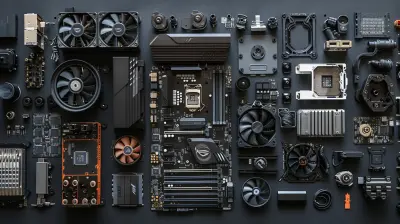
How to Safely Upgrade Your Gaming PC’s Hardware

Decoding the Dark Web: How Hackers Exploit Hidden Networks

How Smart Glasses Are Transforming Communication

The Evolution of Touchscreen Devices in the Workplace

The Best Mobile Apps for Managing Your Freelance Career

How Electric Vehicles Are Driving Innovation

How Mobile Apps are Reinventing Traditional Education

High-Tech Gadgets for Your Next Camping Adventure

Top Mobile Accessories You Didn’t Know You Needed